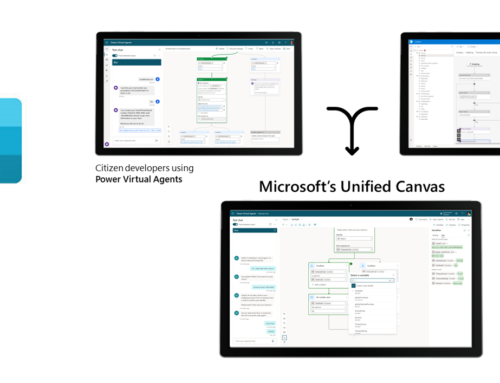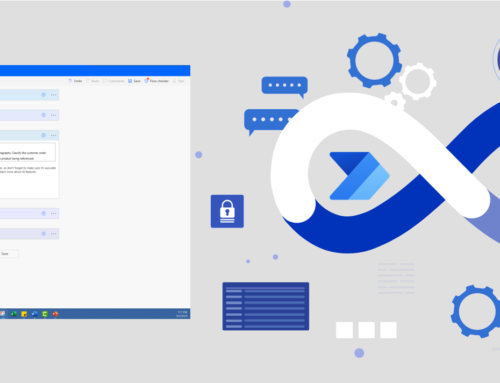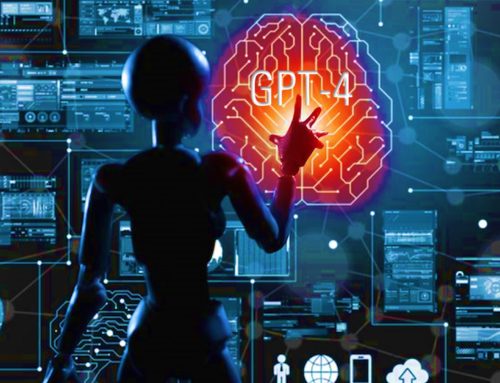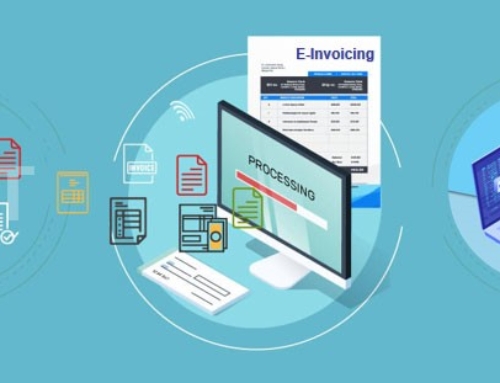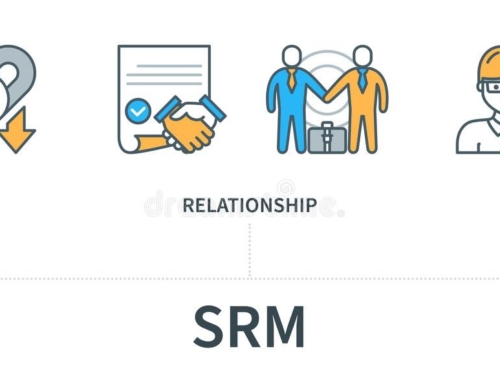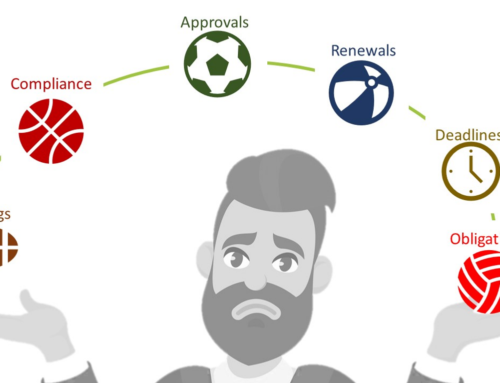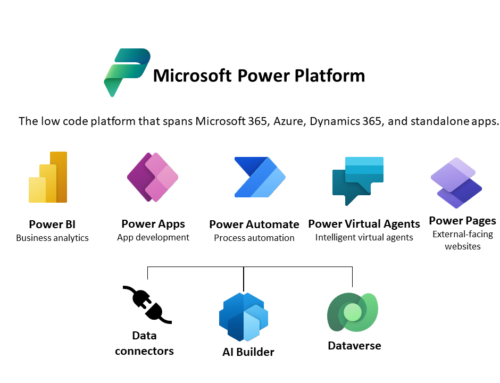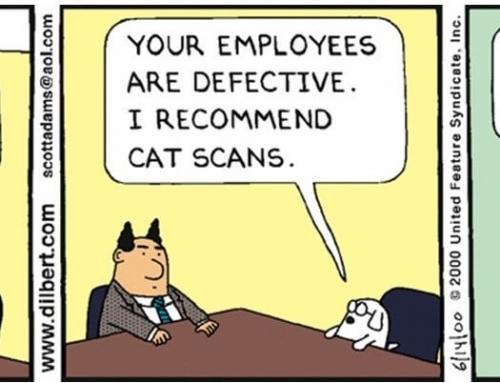Low-code/no-code platforms are designed to provide pre-built templates and modules that users can assemble to create their own applications. These platforms can be a time-saver, as users do not need to write code from scratch. However, they can also limit the degree of customization that users can achieve. Users may need to spend time refining the output to ensure that it meets their specific requirements.
Generative AI models are trained on existing data and may not be able to generate outputs that meet specific, custom requirements. The quality of the output generated by generative AI models can also vary depending on the quality of the input data and the complexity of the task.
Businesses that rely heavily on low-code/no-code platforms and generative AI models may find themselves dependent on a particular vendor or platform. The lack of control over the underlying code generated by these platforms can be problematic if there are errors or issues that need to be addressed.
Despite these limitations, low-code/no-code platforms and generative AI models offer many potential benefits to businesses. They can help businesses to automate complex tasks and develop custom applications more efficiently and with less technical expertise. Below are some examples of how businesses can use these technologies to create value:
Speed up software development: Low-code/no-code platforms and generative AI models can help businesses to develop custom software applications more efficiently. By providing pre-built templates and modules, low-code/no-code platforms can help businesses to build applications faster. Similarly, generative AI models can be used to automatically generate code templates or even entire applications.
Democratize software development: Low-code/no-code platforms and generative AI models can help to democratize software development by making it more accessible to non-technical users. This can help to address the shortage of skilled software developers and allow businesses to build custom applications more easily.
Automate complex tasks: Low-code/no-code platforms and generative AI models can be used to automate complex tasks, such as data processing and analysis. This can help businesses to save time and reduce errors.
Enhance user experience: Generative AI models can be used to analyze user behavior and suggest new features or workflows. This can help to enhance the user experience and improve customer satisfaction.
In conclusion, low-code/no-code platforms and generative AI models offer many potential benefits to businesses. They can help businesses to develop custom applications more efficiently and with less technical expertise, automate complex tasks, and enhance the user experience. However, businesses should also be aware of the limitations of these technologies and carefully consider how they fit into their overall strategy. They should also have a plan in place for addressing any issues that may arise. By leveraging these technologies effectively, businesses can create value and remain competitive in today’s fast-paced digital world.



